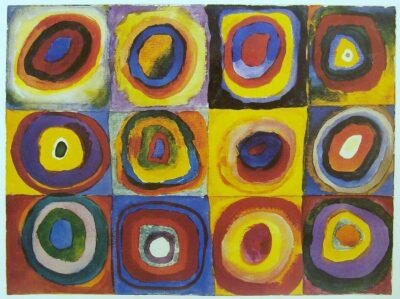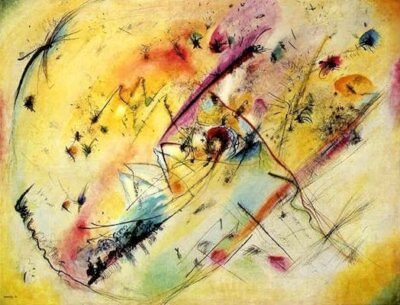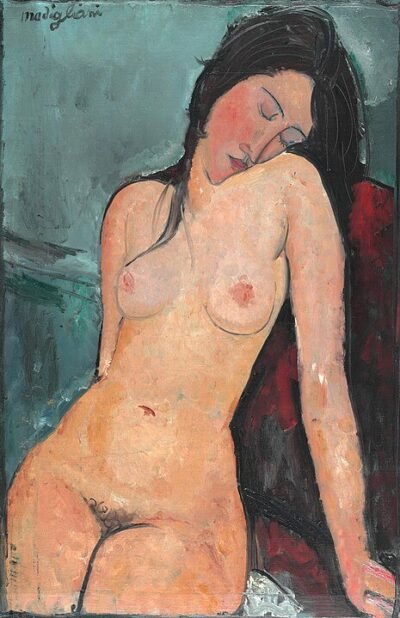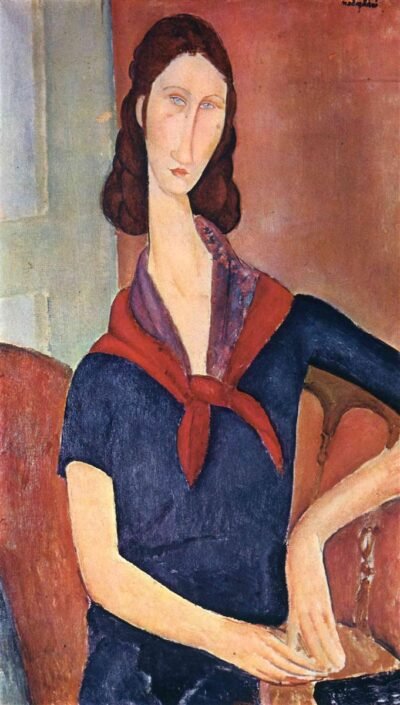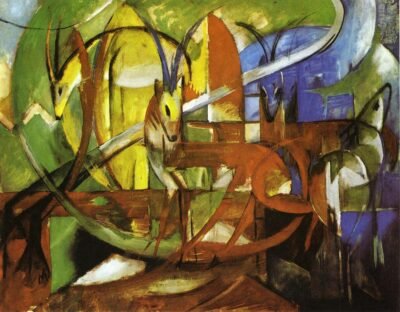Abstract Expressionism
Abstract Expressionism was a post-World War II art movement centered in New York. It featured expressive and gestural abstraction. Artists created paintings with spontaneous, intuitive marks, drips and brushstrokes meant to convey emotion and spirituality.
Major artists include Jackson Pollock, Willem de Kooning, Franz Kline and Mark Rothko. Pollock pioneered “action painting” with unstructured dripped paint techniques. De Kooningcreated dynamic paintings reimagining the female figure. Kline used dramatic black brushstrokes against white. Rothko employed luminous fields of color to inspire contemplation.
The movement rejected tradition in favor of rebellious creative acts. Artists sought to tap the unconscious through radical applications of line, color and space.They painted on enormous canvases to convey grand ambitions and strong feelings.
Abstract Expressionism reflected postwar anxieties and desire for individual freedom. It turned New York into the center of Western art. The movement shaped subsequent art with its primal fusion of life, imagination and grand scale.
Though its rebellious spirit was transient, its view of art as a medium for intimate expression and human experience remains influential. At its best, Abstract Expressionism captured a deep passion for creativity itself.
This summary touches on the essence of Abstract Expressionism in under 200 words, including its postwar context, major artists, styles, themes and significance in modern art. Please let me know if you would like me to elaborate on any part of this short introduction.
Artists Names
Famous Artists
> Alfred Sisley
> Camille Pissarro
> Caravaggio
> Claude Monet
> Diego Velázquez
> Edgar Degas
> Édouard Manet
> Eugène Delacroix
> Francisco de Goya
> Henri de Toulouse-Lautrec
> Isaac Levitan
> Ivan Shishkin
> Jean Auguste Dominique Ingres
> Jean-Baptiste-Camille Corot
> John Singer Sargent
> John William Waterhouse
> Joseph Mallord William Turner
> Lawrence Alma-Tadema
> Leonardo da Vinci
> Michelangelo
> Paul Cézanne
> Paul Gauguin
> Peter Paul Rubens
> Pierre-Auguste Renoir
> Raphael Sanzio
> Rembrandt Van Rijn
> Vincent van Gogh
> William-Adolphe Bouguereau
Art Subjects
>Abstract Oil Painting
>African Oil Painting
>Angel Oil Painting
>Animal Oil Painting
>Architecture Oil Painting
>Beach Oil Painting
>Bird Oil Painting
>Black and White Oil Painting
>Boat Oil Painting
>Buddha Oil Painting
>Bunny Oil Painting
>Cartoon Oil Painting
>Cat Oil Painting
>Cityscape Oil Painting
>Coastal Oil Painting
>Contemporary Oil Painting
>Daisy Oil Painting
>Dog Oil Painting
>Eagle Oil Painting
>Fantasy Oil Painting
>Figure Oil Painting
>Floral Oil Painting
>Forest Oil Painting
>Fruit Oil Painting
>Genre Works
>Horse Oil Painting
>Hunting Scenes Oil Painting
>Impressionist Oil Painting
>Jesus Oil Painting
>Landscape Oil Painting
>Modern Oil Paintings
>Mountain Oil Painting
>Music Oil Painting
>Nature Oil Painting
>Nude Oil Painting
>Pet Portrait Oil Painting
>Realistic Oil Painting
>Religious Oil Painting
>Scenery Oil Painting
>Seascape Oil Painting
>Season Oil Painting
>Sport Oil Painting
>Still Life Oil Painting
>Sunset Oil Painting
>Textured Oil Painting
>Tree Oil Painting
>War Oil Painting
>Wildlife Oil Painting
Art Movment
>Abstract Expressionism
>Academic Classicism
>Aestheticsm
>Art Deco
>Art Nouveau
>Barbizon School
>Baroque Art
>Byzantine Art
>Cubism
>Expressionism
>Fauvism
>Hudson River School
>Impressionism
>Mannerism
>Gothic Art
>Modernism
>Nabis
>Neoclassicism
>Neo-Impressionism
>Orientalism
>Pointillism
>Pop Art
>Post Impressionism
>Pre-Raphaelites
>Primitivism
>Realism
>Renaissance
>Rococo
>Romanticism
>Suprematism
>Surrealism
>Symbolism
>Tonalism
>Victorian Classicism
Showing all 10 resultsSorted by popularity

